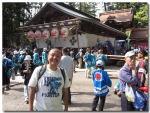
- Suwa Taisha Shrine
I was one of the lucky one. I was at the right place, around Chubu region of Japan, at the right time, 2010. That is why I was able to experience this unique and septennial, occurring once every seven year, festival.
The Onbashira Festival is considered one of Japan’s most unique festivals. For the past 1200 years, this festival has taken place every seven years at the Suwa Taisha Shrine in Suwa-shi, Nagano. The festival consist of three phases, Kiotoshi, the sliding of the trees down the hill, Kawagoshi, their crossing over the river, and Tate Onbashira, the raising of these trees at the shrine. The festival takes place over a two-month period, April and May.
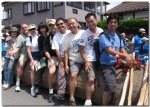
- Sitting on the pillar on its way to the shrine
Unfortunately, I missed the Kiotoshi and Kawagoshi parts of the festival that took place in April. But I was lucky enough to witness Tate Onbashira. During Tate Onbashira, the whole town of Suwa is in a joyous festive mood. There are many food and souvenir vendors lining the street of the entire town, which is great for sampling the local food.
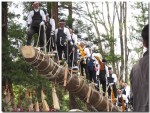
- Young men sitting on the pillar as it is being raised
During Tate Onbashira, the trees, which had been cut down a month earlier, are dragged through the city to Suwa Taisha Shrine. The high light and the culmination of Tate Onbashira Festival is the raising of the pillars at the shrine, where young men sit on the trees while they are being raised to an up right position. The locals believe that this renew the shrines spiritually because of the divine power of the trees.
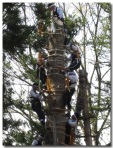
- Tate Onbashira
So if you are lucky enough to be around Chubu region in April 2017, don’t forget to attend this festival.
My WOW Factor: 8/10

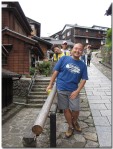




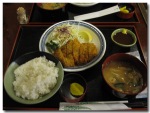
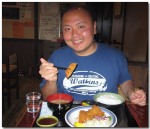
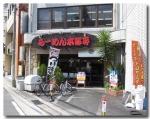
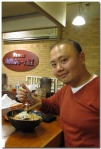
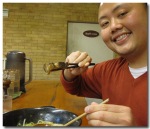
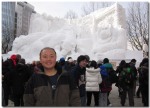
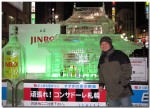
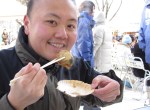
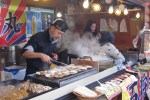

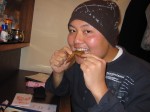
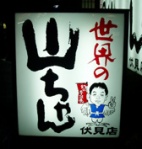

Recent Comments